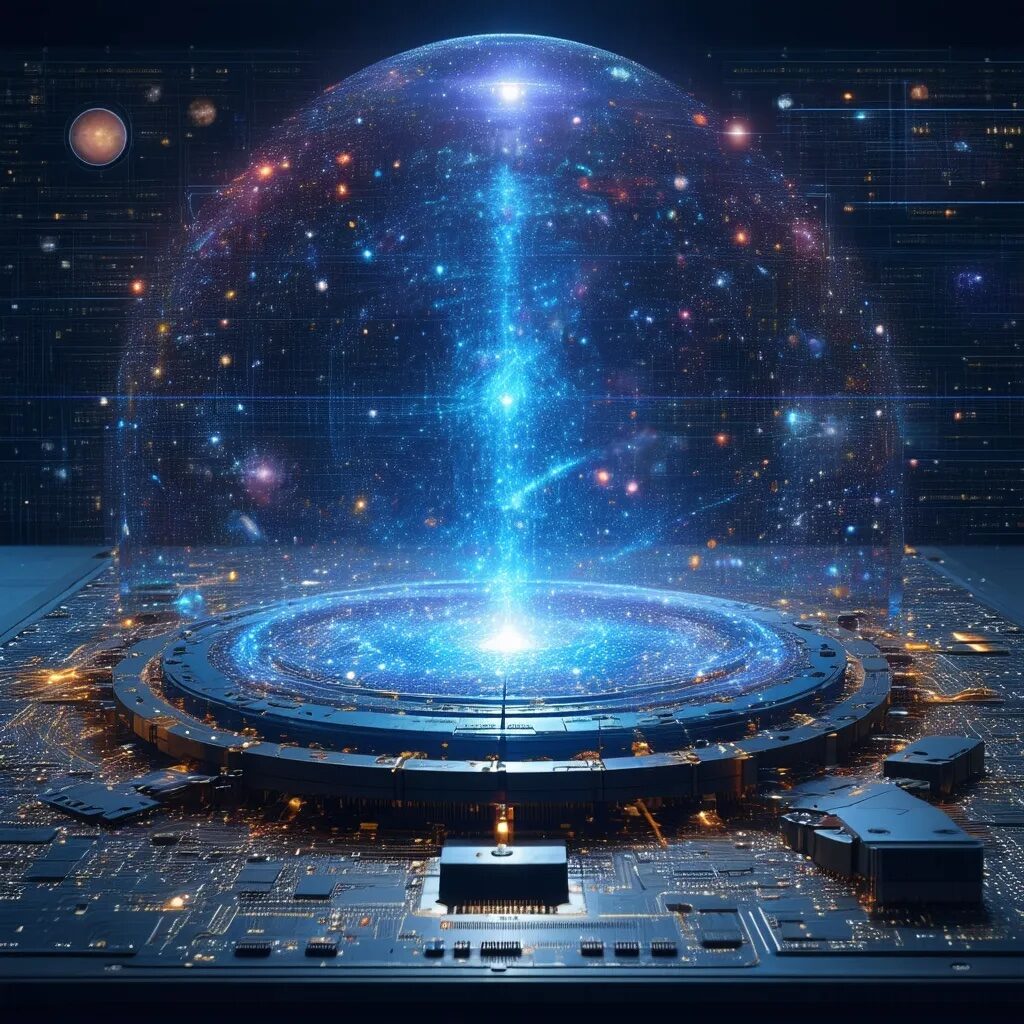To break RSA-3072 encryption theoretically requires 3,072 pure qubits—entangled bits. That’s how many are needed for the quantum Fourier transform to operate on a 3,072-bit number. That’s what Shor’s algorithm requires to break such encryption.
RSA-3072 bits are equivalent to ECC 256 bits, which is the security level of Bitcoin.
Currently, there are quantum chips with 1,000 qubits. The question is: what kind? Here, only quality matters—the quality of quantum entanglement between qubits.
However, in practice, we encounter computational errors that distance theory from practice.
Some say thousands, others say millions of qubits are needed to break Bitcoin’s encryption. It’s like guessing by eye: how much does the air in front of me weigh? It depends on numerous factors, starting with what we refer to. Are we measuring in pounds or kilograms?
Returning to breaking ciphers, no fewer than 3,072 qubits are needed, but there’s probably no upper limit.
Firstly:
– Decoherence of qubits over time, influenced by lack of isolation from the environment (e.g., temperature > 0 K) or computations (qubits bouncing off gates). If decoherence, or disentanglement, is rapid, more qubits are necessary at the outset.
– Measurement errors. Remember, this is quantum mechanics, which by principle isn’t entirely deterministic (Heisenberg’s uncertainty principle is the groundwork for this). Errors also depend on coherence, meaning the quality of entanglement. So we’re back to the beginning.
– Error correction algorithms, as well as algorithms optimizing Shor’s method or other methods.
We keep bumping into how much qubits sense each other—that is, how quantumly entangled they are. How much can we control this additional dimension of connection between qubits? Generally, currently control over entanglement is weak, and there’s always some probability involved.
An important difference between bits and qubits is that bits are an abstract construct—bits are like our interpretation. If the voltage on a transistor is greater than 3 V, it’s a 1; if less, it’s a 0.
Qubits are very real—practically analog. They are particles physically connected with each other—particles that physically sense each other, so to speak.
The physical realization of ‘feeling’, or entanglement, is fundamental. Otherwise, there’s no advantage of a quantum computer over a conventional one.
Quantum computers are regular computers plus an additional channel of physical communication between qubits. It’s not some hocus-pocus; it’s simply an additional way of connection—not just a logical algorithm manipulating isolated bits.
In summary, qubits aren’t abstract objects like bits but real particles like photons (light) or ions of lithium or calcium, with additional interactions between them, which I simply call ‘feeling’.
I compare entanglement to feeling because it has similar properties. You either feel good or bad, but you don’t quite know why. Feeling must be independent of logic; otherwise, it’s not an additional dimension. Consequently, you can’t logically explain a feeling, even though sometimes it happens by strange coincidence.
It’s the same with entanglement, which can hint whether you’re closer or further from a solution, but nothing more. It’s as if qubits allow comparing the quality of incorrect solutions, thanks to superposition—that is, the fact that the real world (real particles) is analog, not binary.
In essence, regular computers are also quantum computers. They rely on the principles of quantum phenomena because those are the rules of the real world.
The difference is when and at what level we apply control and analysis. In regular computers, we want to control everything from the very beginning—the states of bits—and we determine everything that changes them to achieve the intended effect. Everything is under control—logical control—completely deterministic.
In quantum computers, we set the initial state and the rules for changing that state, called quantum gates. In the middle, something happens, but we have no right to look there; otherwise, we’d influence the quantum state and mess up the solution. But in the end, we read the solution and see if we like it. In the middle, we have a black box. We can’t peek inside because it wouldn’t be analog anymore, and it’s so delicate that even just looking affects the solution, causing only errors.
There’s another level of a quantum computer, which is our world. A given initial state and the laws of physics. Something happens later, but you can’t look there—heaven forbid you disturb the processes. Possibly, at some point, you jump in and gather the fruits of the computations. The problem is, you don’t know when to jump in so as not to disturb the process.
A quantum computer at the highest level is: you create the fundamental physical laws. You set it in motion on a grand scale—the time and space of our Universe. You light the fuse and wait 13 billion Earth years. At some point, you check. You activate feeling sensors, because only those don’t disturb the results, and you start to feel. “Hmm, the final effect turned out a bit weak. Maybe we need to slightly change the rules and repeat the experiment.”
Thirteen billion years is only an impression from this world because here time is defined as it flows. Essentially, it’s just a moment to ponder how to tweak the operating principles of this quantum computer to make it work better. And boom.
A new fuse ready to be lit…
Regarding the title: The problem is that the world seems to have less time than Bitcoin…
Cheers,
wonabru
